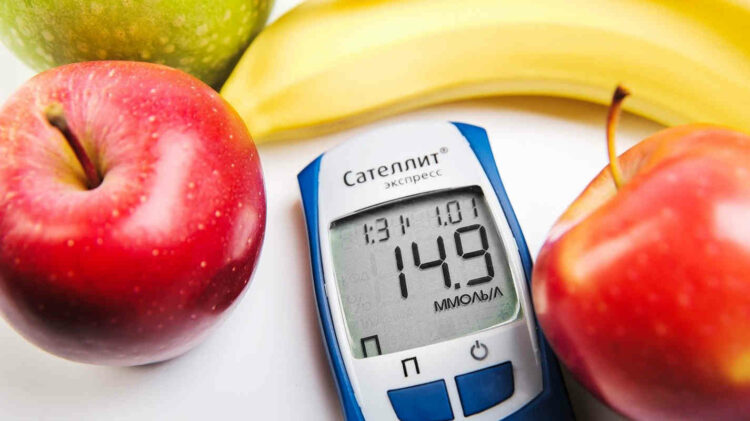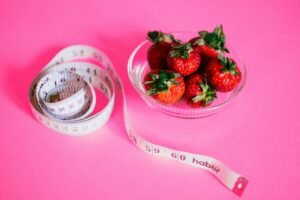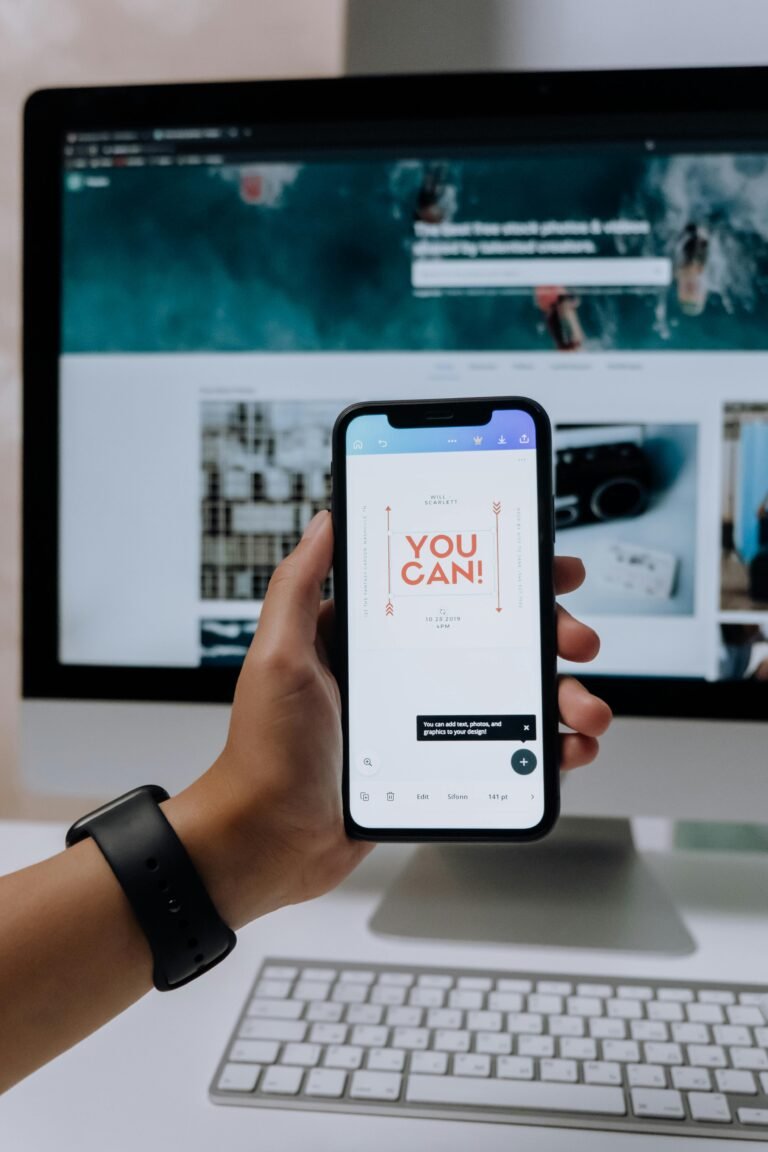High blood sugar in the morning and the phenomenon of dawn: values and what to eat

Suffering from high blood sugar in the morning is often linked to bad habits and unbalanced diets that put a strain on our body and its vital mechanisms. Blood glucose levels can often be particularly high before having breakfast. This happens because as soon as you wake up on an empty stomach, insulin runs out quickly. Not only. Between 4 and 8 in the morning, our body, in the act of preparing itself for waking up and carrying out daily tasks, is subjected to hormonal changes, capable of increasing the glucose values produced by the liver. It is the so-called dawn phenomenon.There are more sporadic cases in which our body, to cope with the decrease in blood sugar levels during the night, reacts by producing glucagon in massive quantities, triggering what is more commonly known as the Somogyi effect, from the name of the researcher who he found out. To understand if you are in the presence of one of the three aforementioned phenomena, you need to contact your doctor; carry out specific tests for three consecutive or alternating days; review the pharmacological treatment, modifying the type and quantity of the formulations used (if affected by type 2 diabetes, preparations based on metformin are recommended, capable of limiting the secretion of glucose by the liver); have a snack before going to sleep; perform physical exercises,
High blood sugar: what it is and values
When glucose values rise suddenly, there is a risk of incurring what is one of the most common ailments: high blood sugar, which can affect almost all age groups. Today, around 415 million people suffer from diabetes mellitus worldwide. Figures that, according to recent estimates, are destined to rise by 2040. To prevent and remedy the problem, it is necessary to intervene on the daily diet and lifestyle, supporting supplementary supports useful for the cause. Blood sugar: what is it? The cells of our body, for the activation of brain processes and more, draw energy from glucose. Its concentration in the blood is better known as blood sugar. It is from some foods or from lipids and proteins that the body assimilates and synthesizes glucose, the level of which is regulated by an internal system that uses hypoglycemic hormones, capable of lowering blood sugar, such as insulin. And hyperglycemic hormones, which increase it. The average values of an individual who eats healthy and follows a balanced routine are around 60 and 130 mg / dl over the course of a day. In the case of fasting, however, they range from 70 to 110 mg / dl. If peaks equal to 100-125 mg / dl are touched, or exceed 126 mg / dl, we can speak of high blood sugar. It is therefore up to take action to avoid negative consequences, and the possible onset of diabetes. they are around 60 and 130 mg / dl in a day. In the case of fasting, however, they range from 70 to 110 mg / dl. If peaks equal to 100-125 mg / dl are touched, or exceed 126 mg / dl, we can speak of high blood sugar. It is therefore up to take action to avoid negative consequences, and the possible onset of diabetes. they are around 60 and 130 mg / dl in a day. In the case of fasting, however, they range from 70 to 110 mg / dl. If peaks equal to 100-125 mg / dl are touched, or exceed 126 mg / dl, we can speak of high blood sugar. It is therefore up to take action to avoid negative consequences, and the possible onset of diabetes.
High blood sugar: diet and recommended foods
An ideal diet to counter high blood sugar is rich in green leafy vegetables such as spinach, turnip greens, lettuce, cabbage and rocket, but also asparagus and broccoli. We must not forget to take fresh seasonal fruit (which contains natural sugars), favoring apples, pears, oranges and strawberries, medlars, apricots, peaches and raspberries. Another essential food to keep blood sugar at bay are whole grains, which contain a lot of fiber. It is therefore necessary to prefer rice, bread and wholemeal pasta instead of refined products. In addition, the variety is always welcome, so it is recommended to also include oats, millet and quinoa in the diet. Legumes are also allies against high blood sugar, especially beans, chickpeas, broad beans and lentils which help reduce the absorption of sugars. In the end,
High blood sugar: foods to avoid
To counteract high blood sugar, it is not enough to prefer certain foods but you also need to know which foods to avoid. First of all, stop to sweets, snacks and foods rich in fat such as sausages, sausages, cream, fatty cheeses and various types of junk food. Among carbohydrates, it would be advisable to avoid refined ones such as white bread, pizza and rice and also be careful with the quantities of potatoes. While in the context of proteins, fatty meats should be banned. It is often underestimated that even drinks can negatively affect the body’s well-being. In this context, it is good to remember that alcohol, fruit juices and industrial drinks contain a lot of sugars. For this reason it is advisable to ban them from your diet in case of high blood sugar. In the end,























+ There are no comments
Add yours